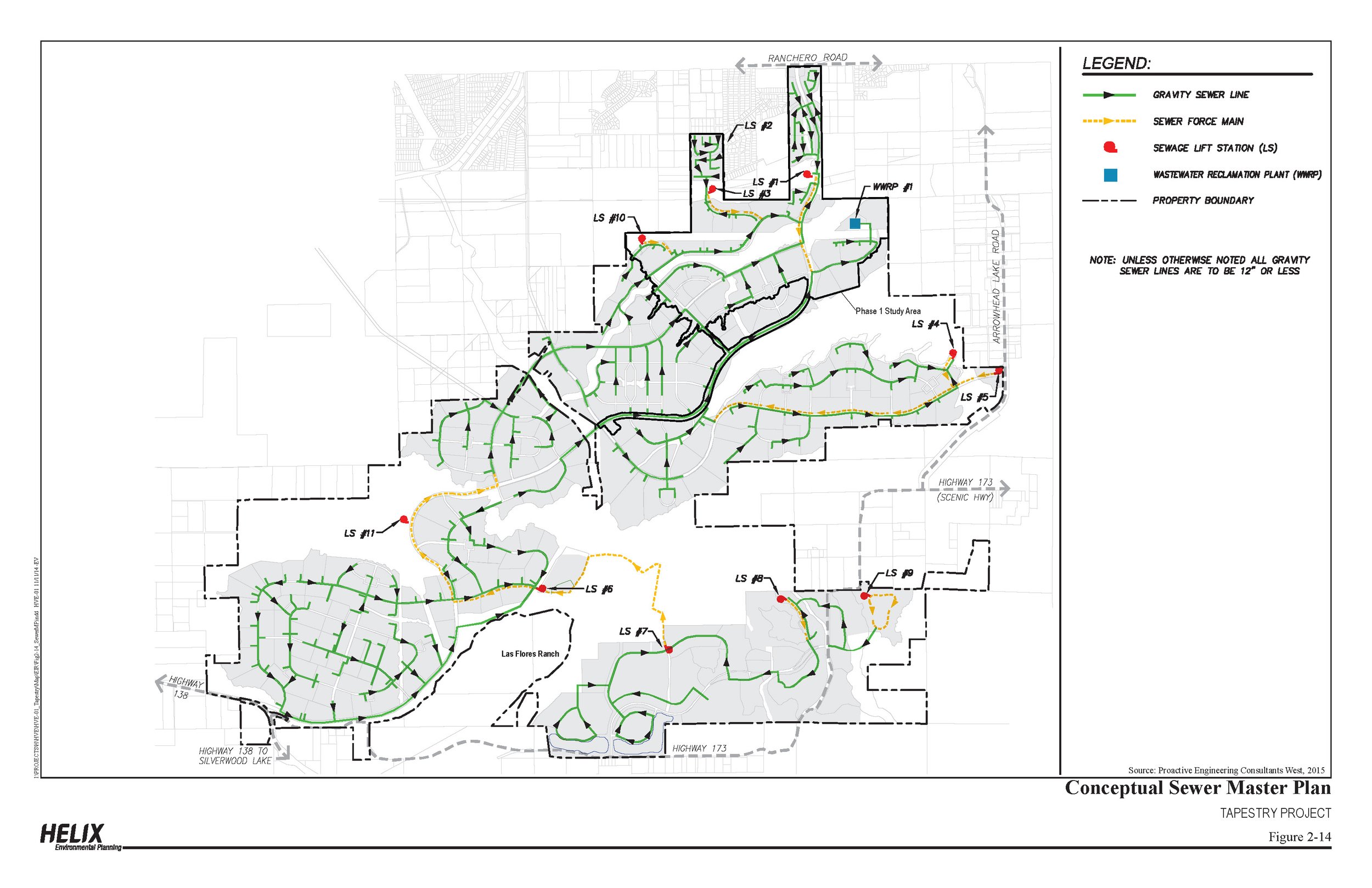
Tapestry Final EIR
The final draft of the Tapestry’s project EIR addresses many concerns from the previous draft. Questions asked regarding the previous draft include ideas such as water quality, traffic and congestion, and funding. Along with addressing concerns with the EIR, the current text has a section including recorded concerns from many residents along with responses to them answering the questions and comments they proposed. Most of the responses to the residents were met with references to the EIR and little to no explanation.
The updated EIR addresses the questions about water such as the project’s effect on existing water quality, its measures to reduce water quality impacts, and water waste treatment. The EIR refers to Section 3.10, Hydrology and Water Quality, and states that for both short and long-term effects, they plan on following the best management practices (BMPs) to reduce possible problems such as erosion and sedimentation. As for the potential long-term effects that the project may have on the environment, the response indicates that issues such as sediment, trash, oxygen-demanding substances, and many others are also going to be met with best management practices. Along with the BMPs, the city plans to create detailed water quality studies after each phase of the project to ensure that long-term water quality would be less than significant. As for the wastewater treatment, the city plans to create a wastewater reclamation plant (WWRP), that will be continuously updated as later phases of the project are expanded.
Section 3.17, Transportation and Traffic, of the EIR, touches on many of the issues proposed such as potential generalized traffic congestion, along with the traffic congestion at Ranchero Middle School and Krystal Elementary. The analysis within Section 3.17 states that there are potential impacts including 29 intersections, along with 8 potential future intersections. The proposed plan to alleviate this issue in the City of Hesperia is not addressed but refers to the EIR relying on past analysis held within the EIR. However, the Project’s master circulation plans include multiple alternative transportations for equestrians, motorists, bicyclists, and motorists. Creating new bike paths and trails connecting the City of Hesperia with the City of Silverwood. In addition to the general traffic questions, Section 3.17 states that the surrounding round around both schools would operate unacceptably. These issues are planned to be fixed by adding traffic signals, altering the configuration of Ranchero Middle School’s intersection, adding additional lanes, and removing intersections.
In addition to questions on water and traffic, project funding such as public services, are proposed as crucial concerns by many residents along with others informed on the Tapestry project. The EIR states that both Police and Fire Services would be provided for the project by the San Bernardino County Sheriff’s Department and the Hesperia Fire Protection District. The Tapestry Project would construct a joint police station with a fire station, along with two other future fire stations. The Tapestry Project would also pay fees for the construction of these spaces along with deciding the locations with the City of Hesperia. As for payment of the project, it is stated that there is anticipation that property tax revenues generated from the Project to further its expansion. However, before any development of the project, the EIR suggests that a Public Facilities and Financing Plan would be submitted to the City of Hesperia to be approved by the city council that would detail the phase infrastructure requirements.
These questions and responses by the team of the Tapestry Project scratch only the surface of the final EIR and the full text should be read.
The Intersection of Farmdale Ave and Krystal Dr. next to Krystal Elementary School taken in April 2022 before construction of phase one of the Tapestry Project.
This image is the Conceptual Sewer Master Plan from page 428 of the Tapestry Final EIR.
This image is the proposed Refined Project Alternative Trail System found on page 497 of the Tapestry Final EIR.



